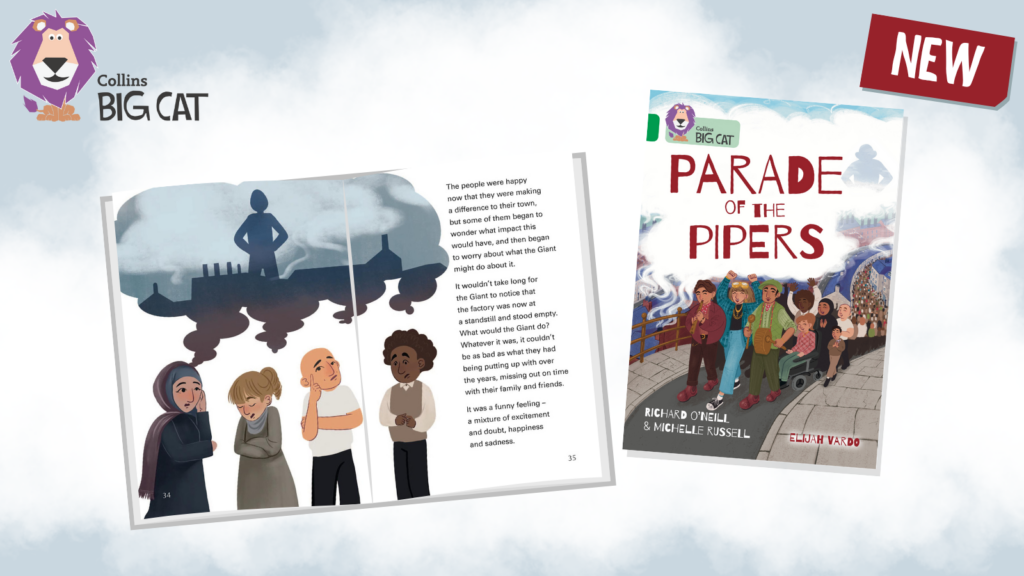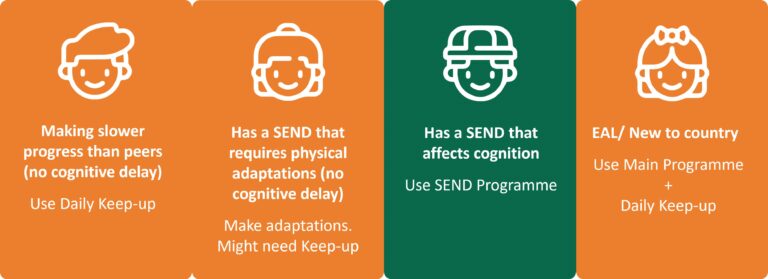The story of Pompeii is one of the great ones from history having drama, disaster and discovery woven in to it. The Big Cat book on the event gives a simple but effective introduction to the story and even for older children, it’s a useful starting point for activities on the ancient city. The three activities below give the children opportunities to practise different forms of writing based around the events.
Activity One – I Was There, Writing With a Historical Setting
LO: Be able to use known and researched facts to create an accurate setting for a historical story
Use historically accurate information to add interest to a story set in another time
Good writing depends on the author having a sound knowledge of their subject and in historical writing it’s easy for younger writers to practise some of the skills that published authors need to write a successful novel.
Normally if you ask a pupil to write a story set in another time they will have only a patchy idea of everyday things at the time and sometimes in writing a story set in Tudor times you’ll have the occasional reference to watching TV or driving cars. For that reason the pupils need to research everyday life from the time and then incorporate it in their work and be encouraged to stop and check if they are to add anything else in their stories.
It helps younger children or those less able to give them a template to work from. In this case the children are going to describe their day in Pompeii just before the eruption and need to decide on their character before beginning.
Talking Point: What jobs would people do at the time?
List the various jobs that the children think people might have done in Pompeii, for example, market stall holders, carpenters, stonemasons, teachers, farmers etc. Ask them to choose one and then to make notes under the following headings:
Where would they work?
What tools would they work with?
Who do they work for?
What clothes would they wear?
Having researched their character, they now need to research the setting.
Talking point: Ask them to close their eyes and imagine the scene, perhaps show them pages from the Big Cat book before to help them. Get them to put up their hand to tell you what they see in the streets and write it on the board.
Now they need to find out the chronology of events that led up to the eruption. The Big Cat book gives some help but further research will be necessary.
Once they’ve got the character, the setting and the event researched they can begin writing. Stop them from time to time to swap with a partner to check for accuracy then continue.
At Home: Mirror the classwork by being the Roman governor who’s just received news of the event. What would he have been doing just before the news arrived? Write a paragraph describing the scene.
Activity Two – Persuasive Writing
LO: Be able to adapt writing for different purposes
Accurately use the grammar and language of persuasion in completing a piece of persuasive writing
At the time of the eruption, many soothsayers would have been predicting what would happen and be trying to persuade the governor to act to save the people or the city. They used many methods to come up with their predictions but none would have been clearer than the earth tremors that would have preceded the eruption. Interestingly, the eruption is thought to have occurred a day after the festival of Vulcanalia, where the city praised and appeased the god of fire and volcanoes.
In this activity the children will play the role of a soothsayer, writing to the governor to persuade him to make plans to save the people,
Talking Point: Ask the children what they would suggest as ways to save the people. List them on the board for them to use in their work.
Now talk about the language of persuasion – tell them they need to use imperative verbs which are usually in the second person, verbs that demand.
Talking Point: What kind of verbs would be used in persuading someone to do something. You should get verbs like ‘must’, ‘beg’, ‘implore’, ‘have to’ etc.
Leave these verbs on the board to help them too. Remind them of using sentences that involve cause and effect for example…
‘If you don’t evacuate the city then thousands will die
‘By having water ready you’ll be able to put out small fires’
Now they need to write their letter. They will have sufficient background knowledge from the previous activity to make it factually correct.
At Home: Use their newly practised skills to write a persuasive letter to parents or the teacher asking for something to be done. e.g. the need for more pocket money or to be allowed to stay up later.
Activity Three – Writing Action
LO: Be able to recognise and use the style of writing that best conveys the pace of action in a story
Use appropriate verbs and adverbs that express action in a story
One of the most difficult things for a pupil to do is to complete a piece of writing describing action, sustaining the effect until the action is over.
Use these excerpts to read to the children…
a) The sky momentarily darkened and, reflexively, William looked up in time to notice a huge boulder that had briefly eclipsed the sun, hurtling towards him. Survival instinct finally overcame fear and he stepped away from the car just as the massive projectile demolished the vehicle with a deafening crash.
b) Aaron unleashed his sword from its scabbard with a metallic whoosh as pointed it at Gandar. At the same time, the old warrior also showed his sword and eyes locked they knew a fight to the death was imminent. Aaron attempted the first strike which was deftly sidestepped by his still sprightly foe. In return, Gandar lunged with Aaron’s reflexes quick enough for him to suck his stomach in and the point stopped mercifully short.
c) The wind was streaming through Lucy’s hair as she rode Tosca across the heath. She knew what she was about to attempt was dangerous but she felt today was the day. The strong horse approached the wall without shortening its stride and at once leapt effortlessly over the stones with Lucy clinging precariously to its back. With a jolt they landed upright on the other side and Tosca rapidly slowed and turned to look at its achievement.
Talking Point: Ask the children what they notice about the three extracts. Direct them to parts of speech and they should notice strong verbs, adjectives and adverbs used in a pacey style, matching the drama of the action.
Now give them some scenarios to work on, use some of your own or try these…
i) A fall off a bike
ii) A lion pouncing on a young zebra
iii) A child plucking up the courage to go on stage
Remind them of the need to use descriptive words and strong verbs. It’s unlikely they’ll get it right the first time so get them to swap with a friend to suggest stronger or more appropriate verbs, adjectives and adverbs.
At Home: The children can practise their observation and reporting skills by watching for events at home – dad cooking or mum shooing the cats off the lawn – and writing an action piece based on the event.


